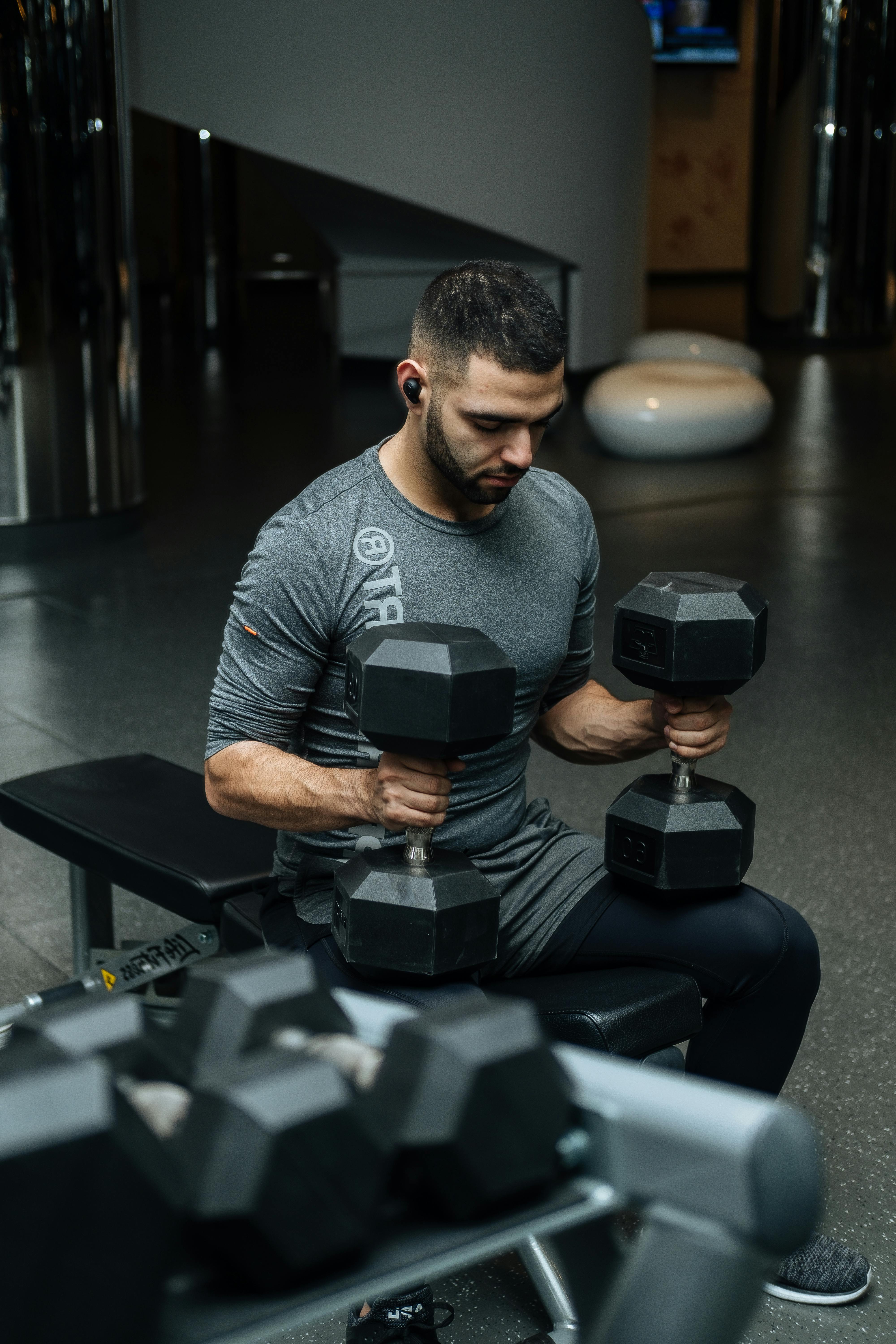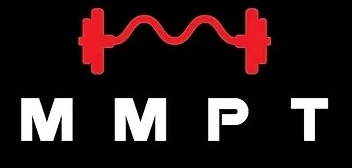
Building Strength
Building Strength: More Than Just Lifting Heavy
Most people think strength training is just about hitting a new 1-rep max or lifting the heaviest bar in the gym. But real strength is about more than ego lifts—it's about getting strong with purpose.
Whether you're training to support your sport, improve your physique, or just be the strongest version of yourself, you need more than a few random sets of squats and deadlifts. You need a system.
In this post, I'll break down what strength training really takes—and how I coach it.
1. Strength vs. Muscle Building: Where They Overlap (and Split)
One of the biggest questions I get: “How is strength training different from muscle building?” The answer? It depends on your training age.
For beginners and intermediates, strength and hypertrophy training look almost identical—and that's by design. Early on, you're learning movement patterns, building general capacity, and your body responds well to most progressive, consistent training.
You'll likely build muscle and strength at the same time, especially if you're eating and recovering well.
But once you hit that intermediate-to-advanced range (usually a few years of consistent lifting), strength-specific gains start to plateau if you're still following a basic, linear progression model. That's when training needs to evolve.
To keep progressing, advanced lifters need:
- Structured periodization (linear, block, undulating, or conjugate)
- Targeted accessory work for weak points and technical limitations
- Phased intensity and fatigue management
- Clear, goal-specific progress tracking
At that level, building strength becomes a more refined, technical process—and that's where coaching makes the biggest difference.
2. Strength Is a Skill
You don't just “get stronger” by lifting heavier weight—you build strength by training your nervous system to produce more force, more efficiently, through better movement patterns.
That means:
- Practicing the lifts consistently
- Using appropriate loads (not maxing out every week)
- Prioritizing technique and intent over ego
- Tracking your progress to drive performance
You're not just training muscles—you're training movement. And the more skillfully you move, the more force you can produce, safely and repeatedly.
3. Want to Know Where You Stand? Use the 1RM Calculator
You don't have to max out to get an idea of your current strength level. I've added a 1RM calculator to my site so you can estimate your one-rep max for key lifts based on submaximal sets. This is especially useful for:
- Planning training loads without risking injury
- Setting realistic short-term goals
- Tracking progress over time in a measurable way
Use it as a guide, then plug those numbers into your training to help gauge intensity and progression.
4. The Foundations of a Strong Program
Here's what real strength programming looks like:
- ✅ Progressive overload
Gradually increasing the challenge over time. That could mean heavier weights, more volume, better form, or more control—not just doing more for the sake of it. - ✅ Intensity & effort management
Training at 85–90% of your 1RM isn't sustainable long term. Strength blocks need proper periodization, deloads, and phases that balance volume and intensity. - ✅ Exercise selection that reinforces skill
You don't need 20 different squat variations. You need the right lifts that reinforce your goal movement patterns, support weak points, and improve motor control under load. Whether your focus is squats, deadlifts, pressing, or total-body strength, I program around what you need—not a generic strength template.
5. Fueling Strength Gains
Strength isn't built on an empty tank. To support performance and recovery, you need to:
- Eat at maintenance or in a slight surplus (depending on your current phase)
- Prioritize carbs for training fuel and protein for repair
- Manage hydration and recovery like it matters—because it does
Not sure where to start? Use the Calorie & Macro Calculator on my site as a baseline, then fine-tune based on how your training responds. That's where coaching bridges the gap—so you're not just guessing.
6. What You Get With Strength Coaching
- Custom training cycles (block periodization, conjugate, linear—whatever suits you best)
- Lift-specific progressions for squat, deadlift, press, or sport-specific goals
- Weekly feedback on form, recovery, and load selection
- Support with nutrition, mobility, and lifestyle habits that impact performance
And you don't have to be a powerlifter to train for strength. You just have to be ready to put in the work with a clear goal and a smarter plan.
Ready to Train for Strength That Actually Transfers?
You're already putting in the effort. Let's make it count.
👉 Use the 1RM Calculator to estimate your strength level
👉 Use the Calorie & Macro Calculator to support your performance goals
👉 Or apply directly for coaching and let's build your personalized strength roadmap
Whether you want to deadlift 2x bodyweight, press your bodyweight, or just feel like a machine in and out of the gym—I'll help you get there.
No fluff. Just strength, done right.
